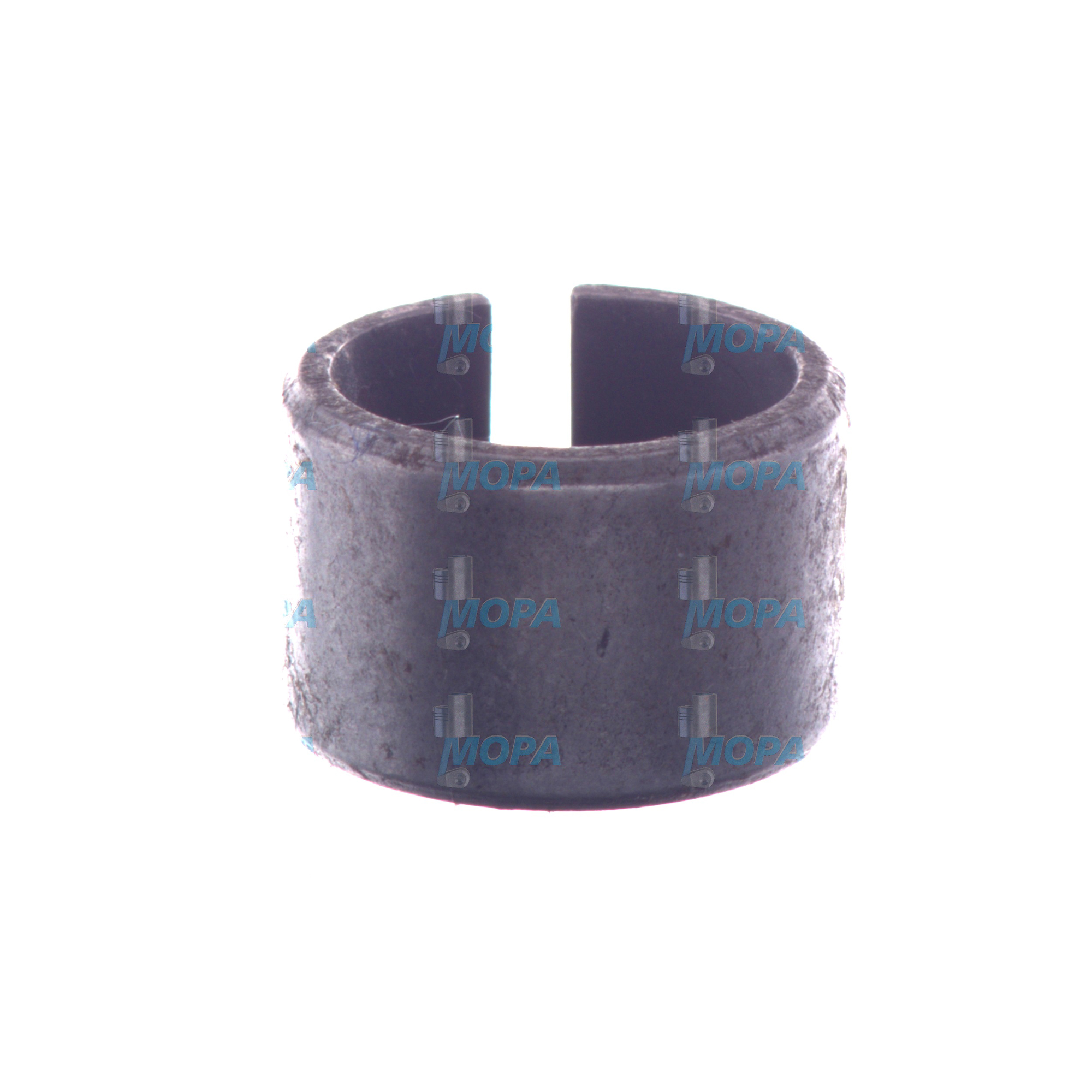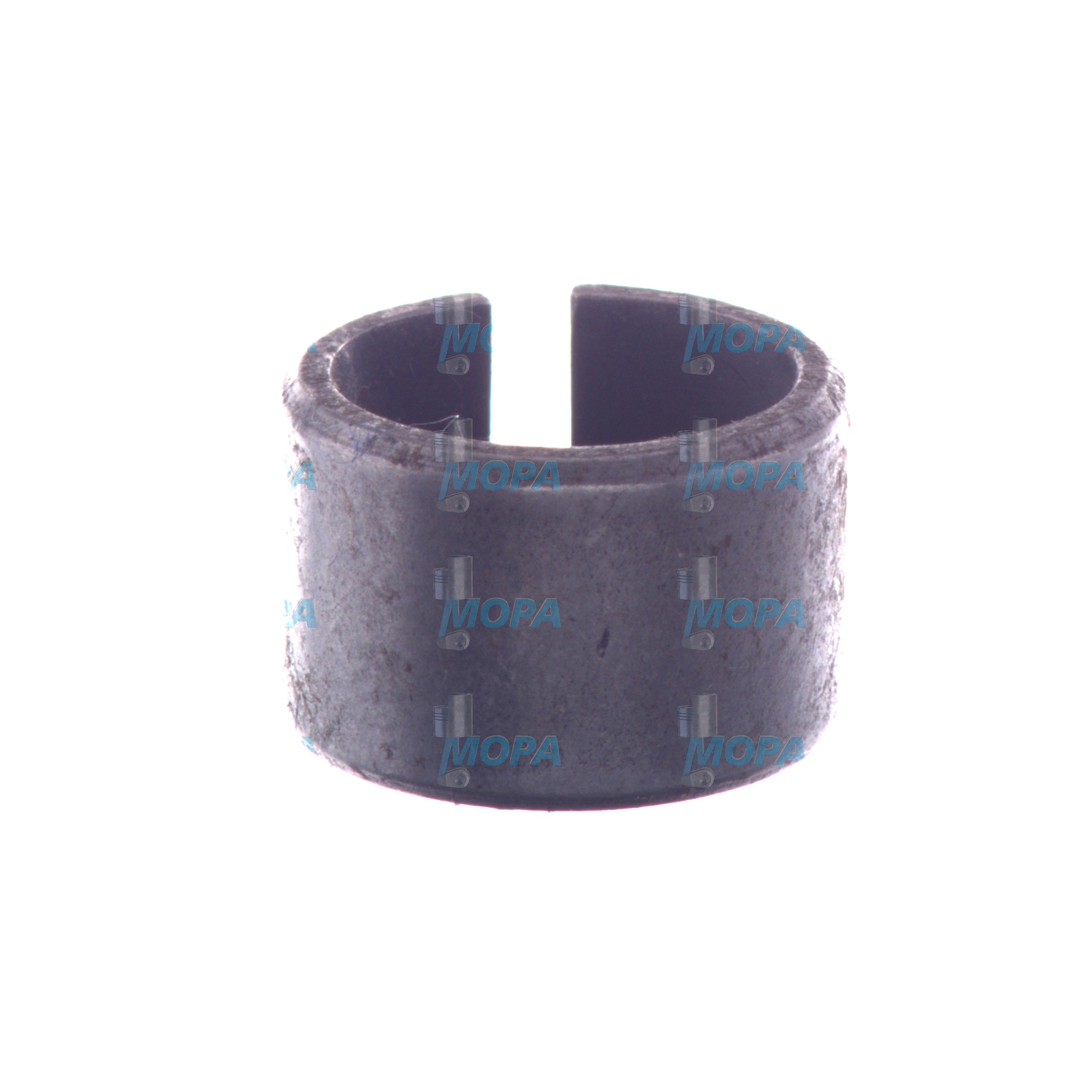CENTERING SLEEVE Sleeves for Diesel and Gas Engines
Sleeves are precision-engineered components that guide, align, protect, and seal critical interfaces inside engines. In large diesel and gas units—especially in marine engines and stationary power plants—sleeves include cylinder liners, bearing and bushing sleeves, and the highly critical centering sleeve used to position housings and covers. Together, these parts create accurate geometry, stable clearances, and robust sealing surfaces, which are indispensable for consistent performance and long service life.
As an article category, Sleeves bridge dimensional tolerances between mating parts and provide durable wear surfaces where metal-to-metal contact would otherwise cause rapid degradation. A CENTERING SLEEVE establishes the reference position for components such as gear housings, timing covers, pump flanges, and turbocharger interfaces, ensuring that each assembly runs concentric and true under high load and temperature. Without these elements, vibration, leakage, and premature wear escalate, compromising engine reliability.
Technical function of Sleeves and CENTERING SLEEVE in a diesel engine
In a diesel engine, sleeves perform two distinct but complementary roles. First, cylinder sleeves (liners) provide the hardened running surface for the piston and rings, maintain compression, transfer heat to the cooling jacket, and resist wear from combustion by-products. Depending on design, dry or wet liners must retain precise roundness and surface integrity against thermal cycling, pressure pulses, and lubricant chemistry.
Second, the CENTERING SLEEVE aligns housings and subassemblies at installation and during operation. In a marine engine, for example, centering sleeves locate the camshaft carrier, gear train cover, and injection pump body relative to the engine block. This maintains gear mesh quality, shaft parallelism, and seal concentricity. The result is stable oil film formation in bearings, reduced fretting at flanges, and quieter drivetrain operation. In practice, a CENTERING SLEEVE diesel engine fit is often engineered as an H7/g6 or similar sliding/transition fit, balancing ease of service with accurate repositioning after overhauls.
Material selection and surface treatment are equally important. Cylinder sleeves may be centrifugally cast alloy iron with pearlitic/nodular microstructure or coated bores (e.g., honed plateau finish) to optimize ring seating and oil control. CENTERING SLEEVE OEM parts are typically made from case-hardened alloy steel or corrosion-resistant stainless steel where salt exposure is expected, preventing galling and ensuring repeatable clamping forces across rebuild cycles.
- · Precision alignment of housings with CENTERING SLEEVE.
- · Stable bore geometry for pistons and rings in cylinder sleeves.
- · Reduced vibration, noise, and gear tooth stress.
- · Improved sealing performance at gaskets and radial seals.
- · Controlled thermal expansion and consistent clearances.
- · Materials engineered for wear, corrosion, and fatigue resistance.
- · Repeatable fit during overhauls, supporting faster turnaround.
Importance of Sleeves for engine operation and service life
Properly specified and maintained sleeves are central to engine reliability. A misaligned housing due to a worn or damaged CENTERING SLEEVE shifts loads onto bearings and couplings, causing elevated temperatures, oil film collapse, accelerated seal wear, and premature bearing failure. Even small deviations in concentricity can raise gear tooth contact stress, increasing noise and pitting.
For cylinder sleeves, loss of roundness or surface finish can drive oil consumption, blow-by, and power loss. In wet-liner marine engines, insufficient sleeve stiffness or cavitation damage can lead to coolant leaks and combustion gas intrusion. Over time, micro-movement between flanges without a precise centering sleeve leads to fretting corrosion, cracked fasteners, and gasket fatigue. Preventive inspections—measuring liner ovality and taper, checking seat flatness, and verifying sleeve-to-bore fit—are essential practices that extend overhaul intervals and protect total cost of ownership.
Advantages of OEM spare parts suitable for Sleeves and CENTERING SLEEVE OEM parts
Choosing OEM spare parts suitable for Sleeves safeguards dimensional accuracy, metallurgy, and surface finish—factors that directly affect engine performance and lifecycle cost. CENTERING SLEEVE OEM parts deliver repeatable location accuracy across multiple rebuilds, protecting gear alignment and shaft seals without the need for on-site rework or shimming. For liners, OEM spare parts maintain the correct hardness profile, honing cross-hatch, and anti-cavitation features, ensuring fast ring seating and controlled oil consumption from the first run after overhaul.
For budget and uptime, the benefits are tangible: predictable assembly fit shortens dock or plant time, reduces the risk of reassembly errors, and minimizes follow-up corrections. Traceable materials and consistent tolerances make maintenance planning simpler and enable mixed-fleet standardization, particularly important for shipowners managing multiple cylinder sizes and engine families. Over a full service cycle, these qualities translate into stable efficiency, fewer unscheduled stops, and longer intervals between major overhauls.
MOPA as your partner for OEM Sleeves and CENTERING SLEEVE for marine and diesel engines
MOPA supplies OEM spare parts suitable for Sleeves—including the critical CENTERING SLEEVE—for a wide range of diesel and gas engines used at sea and on land. Customers rely on our speed in quotation and delivery, quality-focused sourcing, and secure handling throughout the entire trade process. From single sleeves to complete overhaul kits, we support tight schedules, provide clear documentation, and help reduce downtime during planned and corrective maintenance.
With deep category expertise, MOPA assists purchasers and technical teams in selecting the right sleeve variant, material specification, and fit class for each engine model and operating profile. Our logistics network, careful packing, and batch traceability add assurance that parts arrive ready for immediate installation, supporting efficient turnarounds in shipyards and power plants alike.
Conclusion
Sleeves—especially the CENTERING SLEEVE—are fundamental to alignment, sealing, and wear protection in marine engines and heavy-duty diesel and gas units. The right components preserve efficiency, reduce vibration, and extend service life. Selecting OEM spare parts suitable for Sleeves and CENTERING SLEEVE OEM parts secures dimensional integrity and durable performance, helping fleets and facilities operate reliably and cost-effectively.



